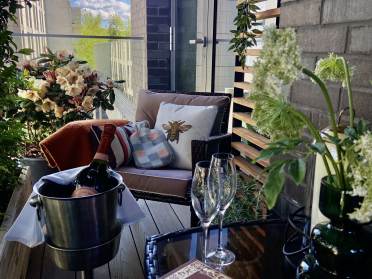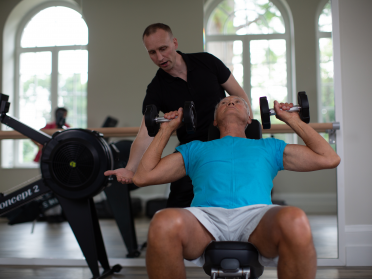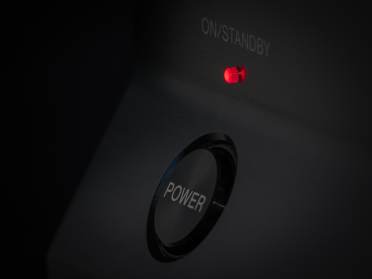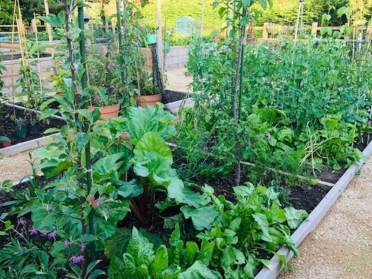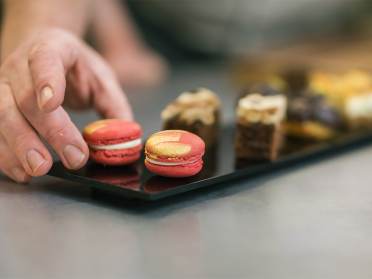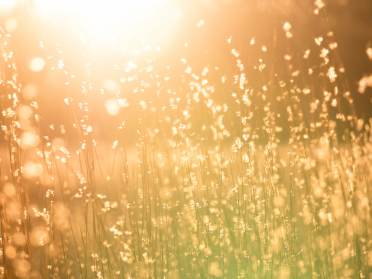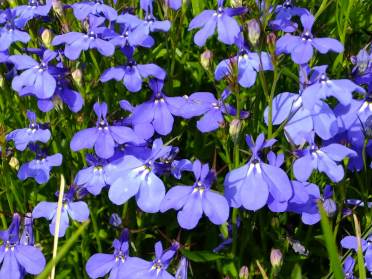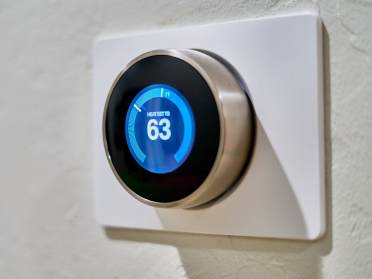Whether you are a budding photographer or have taken up a new hobby in lockdown, with wildlife making more of an appearance in cities and gardens across the UK in full bloom, now is the time to experiment with photography. And you don’t have to be serious - whether you are challenging a teenage grandchild to a selfie competition or making your own funny picture compilation, you still want to make sure your picture tells the story.
Most smartphones these days have good quality cameras built into them, many with settings to help enhance even the most amateur of photographers. So regardless of whether you have a mobile phone or a plethora of lenses, we have pulled together some top tips to get you started.
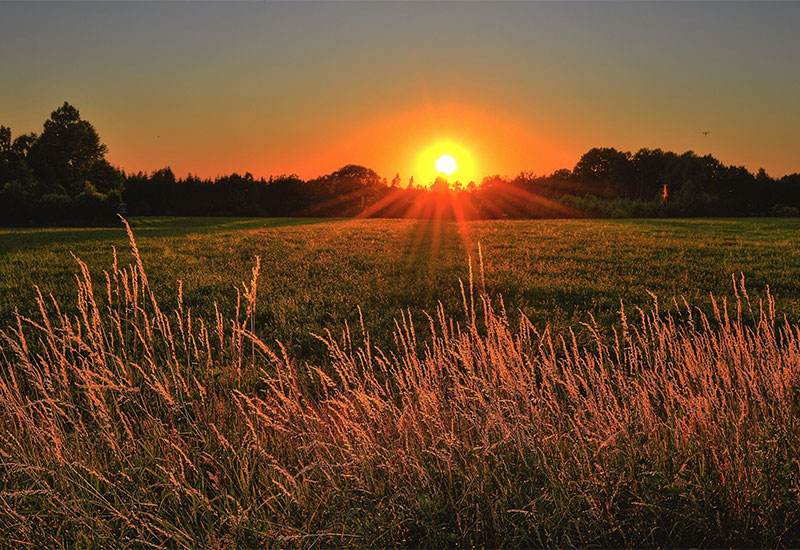
Sunshine
If you shoot into the sun you will typically get harsh shadows and the subject will be too dark and in shade. Try to shoot with the sun over your shoulder and make sure your own shadow is not in the picture. The best times for the best light are early morning and evening when the light is softer. Try to avoid taking pictures when the sun is high in the sky because everything will appear very harsh.

Light
The most important thing for taking a successful picture; no light = no picture! You can control the amount of light that reaches the camera sensor in three ways: shutter speed, the lens aperture (how open the lens is to allow light in) and the sensor sensitivity (ISO). To begin with set the ISO to 200; the higher the ISO number the more sensitive the sensor becomes.
However, if you go too high then the sensor loses definition. Set the camera to fully auto or aperture priority if you have it and choose an aperture of f5.6 or f8.0 because this will give good depth of focus. The camera will then work out the correct shutter speed. If you want to take a portrait picture use a larger aperture such as f2.8, if you are shooting a landscape choose a smaller aperture such as f11 or f16.
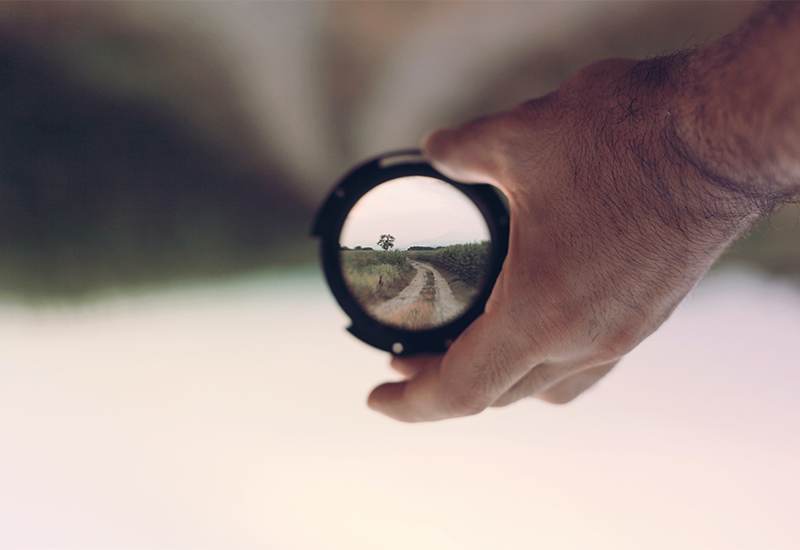
Focusing
If you can choose the focusing method then use continuous focus. With this option, as long as you keep the shutter slightly depressed the camera will keep the shot in focus. Typically keep the focus area in the centre of the screen or viewfinder.
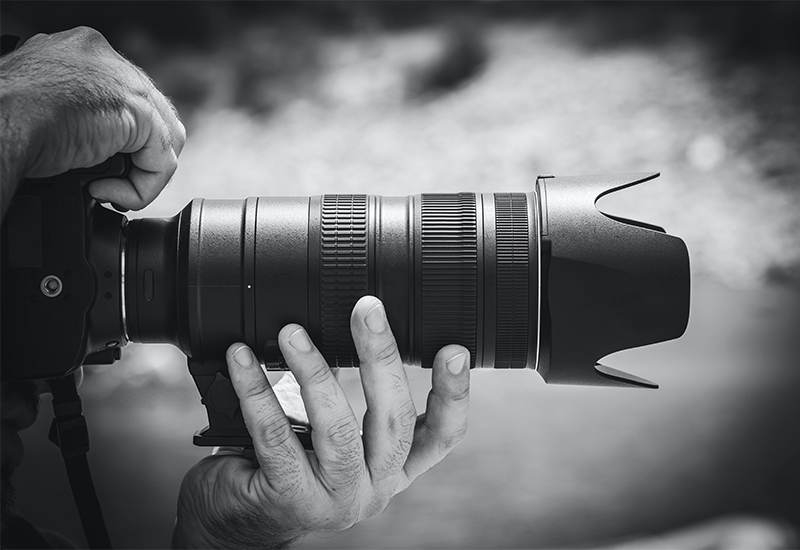
Holding the camera
Always hold it with two hands and try and keep your elbows tucked into your sides so as to keep the camera as steady as possible.
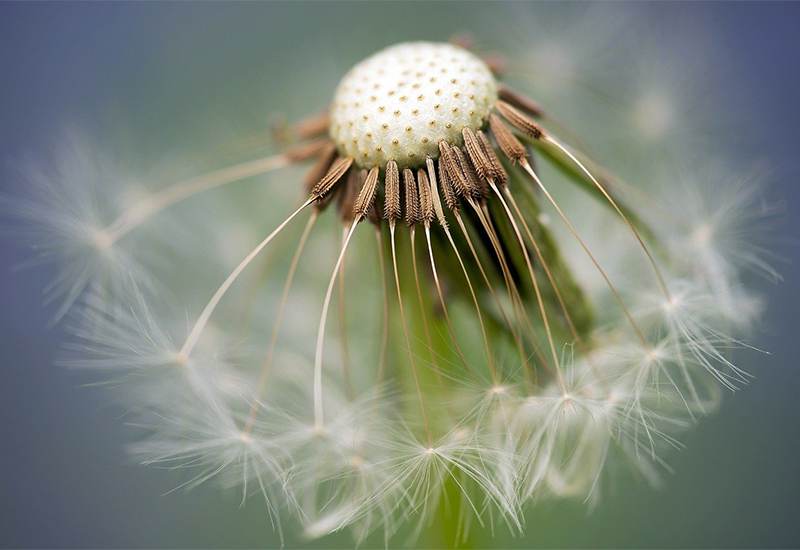
Composition
There are many so called rules when thinking about composition but the most popular one is the rule of thirds where you place the subject of the photo on the intersection of one of the thirds. Try to have the subject looking into the frame rather than away and always leave space around the main subject; don’t fill the frame with the subject - let it breathe.
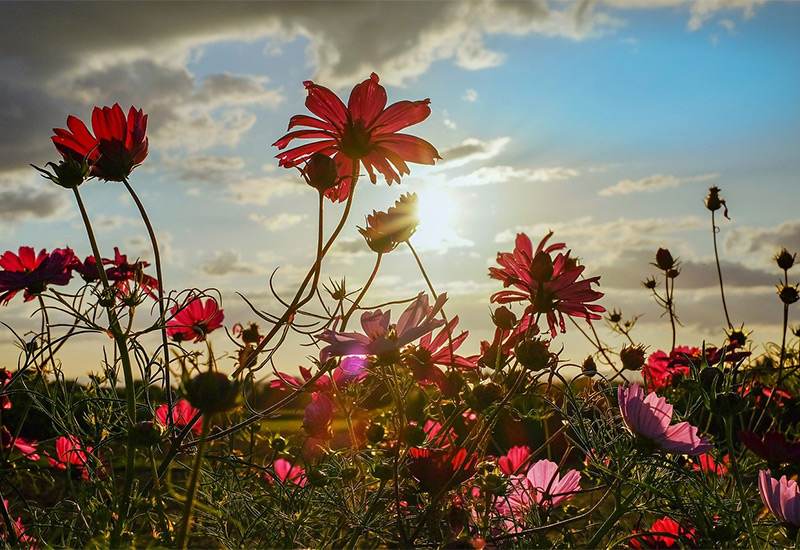
Leading lines
Better photos of landscapes will typically have some object in the foreground that will attract the eye and then lead the eye into the picture - this can be a fence, a line of stones or a shape that somehow connects to the background.
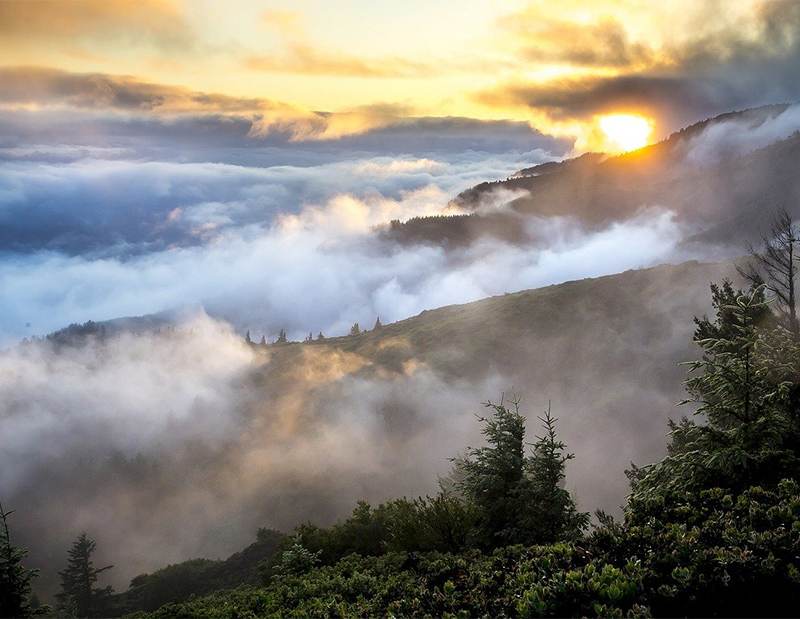
Experiment
Try all sorts of compositions. Digital photography is ‘free’ in that you can take as many pictures as you want, and you can see the results immediately so keep shooting and enjoy the results!
Our new Audley Villages study has revealed the most popular activities to do during lockdown, based on what people have been searching for the most online.
More ideas on how to make the most of this time in isolation. Check out our 30 day wellness calendars, exercise techniques, recipes and more.

